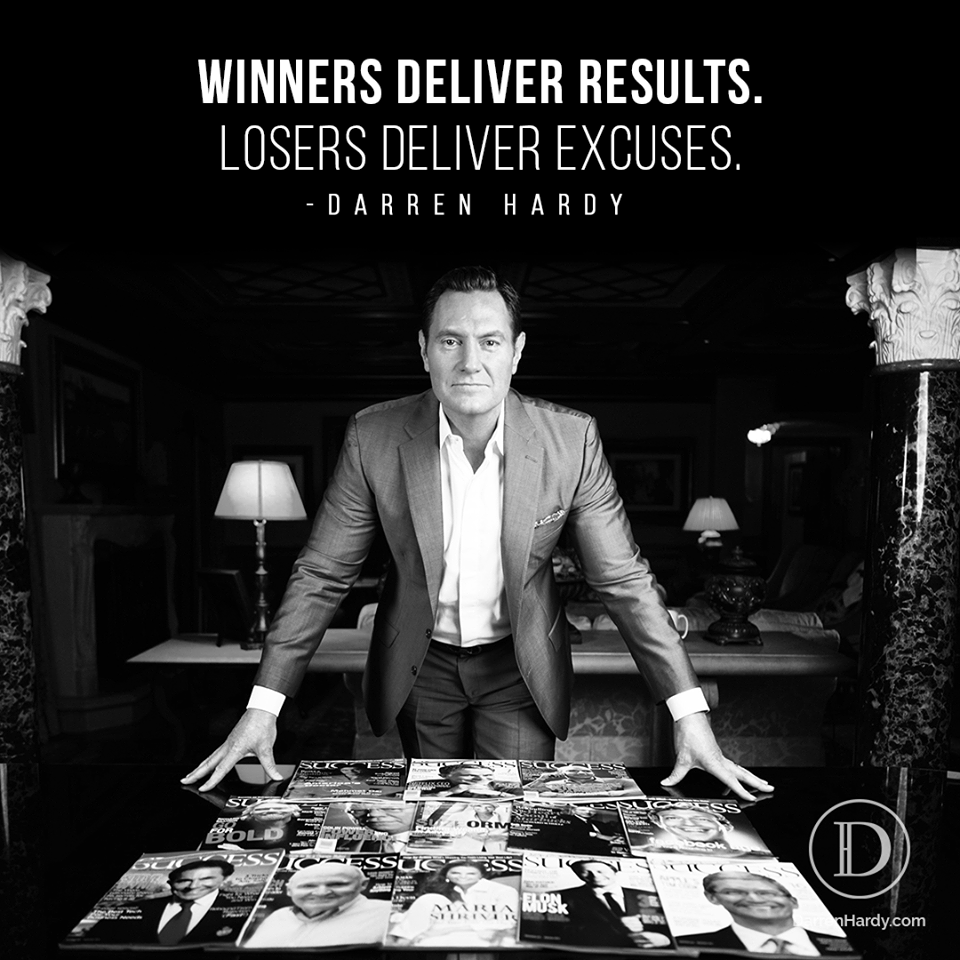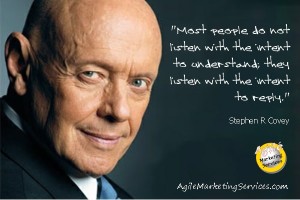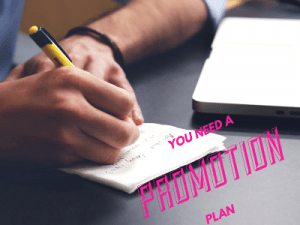
All the other companies are running Black Friday (or some other holiday) promotions – you should probably run one, too. But what are your objectives? I mean, what do you want to achieve with your sale? Here are some points to keep in mind.
Attracting new clients
A lowball price is almost always guaranteed to catch the attention of people. Ideally, you want to attract people who are either members of your target audience, or reel in current prospects. You can also do this by “bundling” – keeping your regular price, but adding in extras for people who purchase during the promotion period.
But most of the companies I see running promotions, well. . . they don’t do anything with the people who buy the offer! You need to quickly convert these folks into regulars – get them to fall in with your ways of doing things, become fans. In order to do that, you need a program for them to follow. You need to immediately start building a relationship with these new buyers, give them freebies or low-cost purchases that bring them further into your fold.
Don’t screw over existing customers
I spend a lot of effort getting my clients to develop their own customers into regulars. That is, people who return again and again for the same products/services, or who look to their company for extra products and services. New customers fill in the natural attrition of your customer list, and help it grow. But it costs a lot of money to bring in one new customer; you make most of your profit from regulars.
But many – if not most – businesses ignore existing customers. They spend all their time and effort hunting down new customers, but treat current customers like crap. They offer major discounts to new customers, but expect existing customers to “like it or lump it,” as it were. It’s a few days before Thanksgiving as I write this, and I’m watching several companies deal with severe public customer backlash. They’ve offered discounts to new customers, but expect existing customers to be happy paying a higher price.
Not cool! If I’m your customer, and I don’t get the lowball price you’re offering some schmuck off the street, you’d better give me a ton of other products and/or services for me to re-up my subscription that the newbies just don’t get.
Loyalty Programs
For people who’ve recently become aware of you, your business, your products and your services, they have no idea what to expect from you. They probably expect that, once they buy from you, you’ll ignore them at best. Somewhere in the middle ground, there are companies that simply pound people over the head for sales. At the crap end of the stick, there are companies with hostile customer service policies and employees. A handful have some kind of loyalty program, and a very few have effective loyalty programs that actually offer benefit to customers and businesses.
In brief, you need to ask customers what they want. Many won’t answer you, and some have no idea. Listen to everyone else. Then, you need to provide them with value. Most customers who want consistently low pricing aren’t looking for high quality, and people who are looking for superior products and services know they’ll have to pay a reasonable price.
A loyalty program (or member’s group, fan club – whatever you want to call yours) should allow you to collect contact info, and then use the list you’ve made to collect info, build relationships, and offer to sell products and services. Few people will stick with a loyalty program if they feel like they aren’t being listened to.
Most importantly, reserve your best deals – your lowest pricing, your best bundles of products and services – for members of your loyalty program! You spent a lot of money to get each one of those people. Is a few bucks in your pocket today worth ticking these folks off, and having them take away all your future profits? And frankly, that’s exactly why you want to develop a base of regulars – so that you can depend on their future purchases to drive your revenues and profits.
Let’s make it simple –
- Use Black Friday and other promotions to bring in new customers
- Immediately move those new customers into a loyalty program
- Nurture those new customers, and develop them into regulars
- Treat your regulars like gold, because that’s exactly what they are









